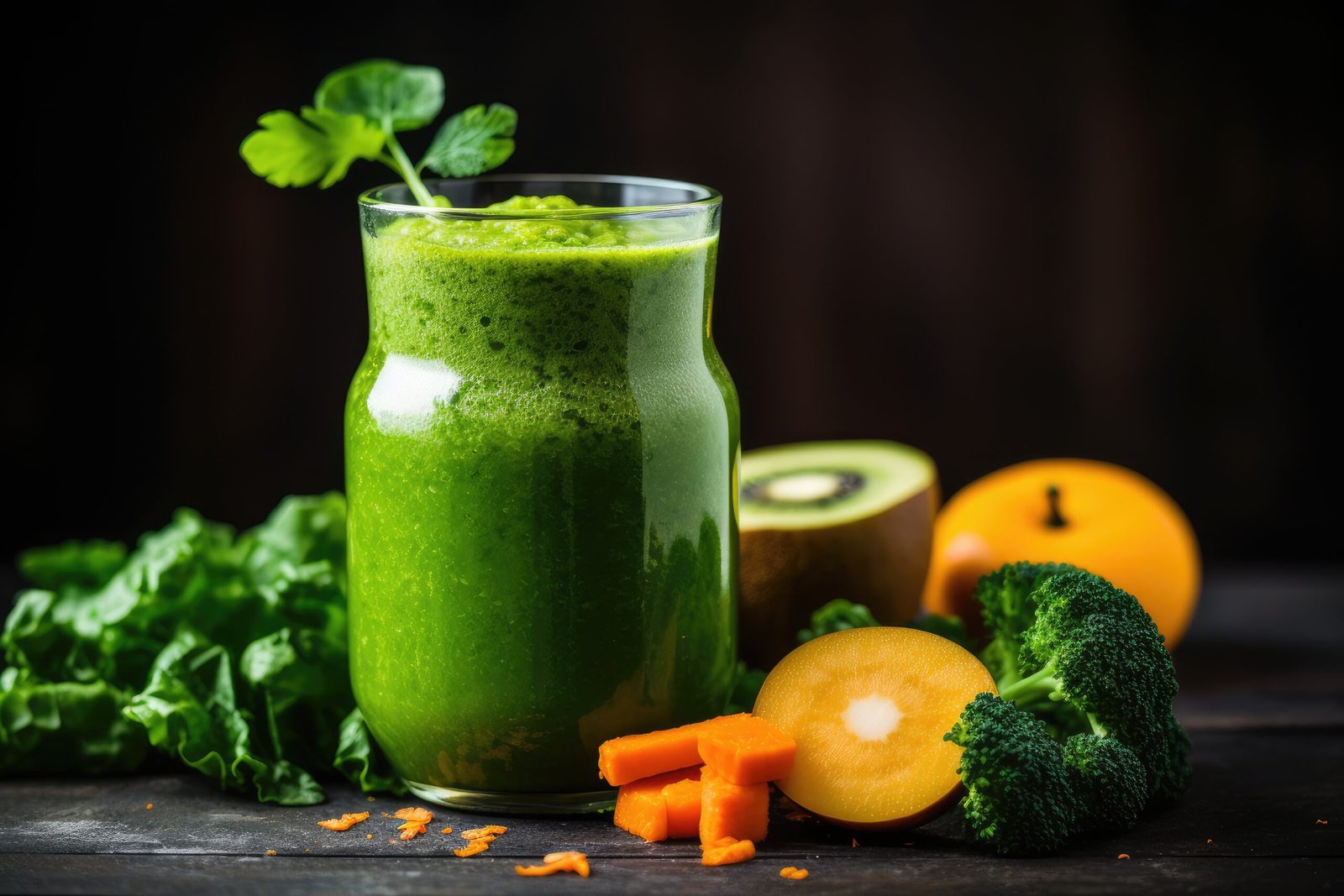The Benefits of Journaling for Mental Clarity
Have you ever felt like your mind is just racing with a million thoughts and you can’t seem to focus on anything? Yeah, me too. It’s like our brains are on overdrive, constantly buzzing with to-do lists, worries, and random ideas. But you know what can help quiet all that mental noise? Journaling!
Yup, that simple act of putting pen to paper (or fingers to keyboard) can do wonders for our mental clarity and overall well-being. And the best part is, you don’t have to be some super-skilled writer to reap the benefits. Journaling is for everyone, no matter your age or skill level.

Declutter Your Mind
One of the biggest benefits of journaling is that it allows you to get all those swirling thoughts out of your head and onto the page. It’s like taking a load off your mental shoulders. When you write things down, it helps clear space in your mind so you can focus better and feel more in control. Plus, seeing your thoughts and feelings laid out in front of you can help you gain some much-needed perspective.

Improve Self-Awareness
Journaling is also a great way to develop a deeper understanding of yourself. By regularly reflecting on your thoughts, emotions, and experiences, you can start to identify patterns, gain insights, and even discover things about yourself that you never knew before. This increased self-awareness can then help you make more intentional decisions and make positive changes in your life.

Process Your Emotions
Life can be messy and complicated, and sometimes our emotions can feel all over the place. Journaling provides a safe and judgment-free space to work through those intense feelings. Whether you’re dealing with anxiety, sadness, or even joy, putting it down on paper can help you process and make sense of what you’re experiencing. It’s like having a constant, patient listener who’s there for you no matter what.

Boost Your Creativity
Believe it or not, journaling can also be a great way to tap into your creative side. When you give yourself the freedom to write without worrying about grammar or structure, it can open up a whole new world of possibilities. You might find yourself coming up with brilliant ideas, or even discovering a hidden talent for storytelling. The more you journal, the more comfortable and confident you’ll become in expressing yourself creatively.

Improve Your Memory
Did you know that the act of writing things down can actually help improve your memory? It’s true! When you take the time to jot down your thoughts and experiences, it helps cement them in your brain. So not only can journaling help you get your thoughts out of your head, but it can also help you remember important events, insights, and ideas better.

Reduce Stress and Anxiety
Life can be pretty stressful, and that stress can take a major toll on our mental health. But journaling can be a powerful tool for managing stress and anxiety. By giving yourself a space to vent, problem-solve, and reflect, you can release a lot of the tension and worry that’s been building up. Plus, the act of writing itself can be incredibly calming and grounding.

Foster Gratitude
Journaling isn’t just about venting our frustrations and worries – it can also be a great way to cultivate gratitude. By taking the time to write about the things we’re thankful for, we can shift our mindset and focus on the positive. This can have a ripple effect on our overall outlook and well-being, making us feel more content and appreciative of the good things in our lives.

Track Your Growth and Progress
One really cool thing about journaling is that it gives you a record of your personal growth and development over time. As you look back on your past entries, you can see how your thoughts, feelings, and perspectives have evolved. This can be incredibly empowering and motivating, as it reminds you of how far you’ve come and inspires you to keep moving forward.

Improve Your Communication Skills
Believe it or not, journaling can also help you become a better communicator. When you practice putting your thoughts and feelings into words on a regular basis, it can make it easier to express yourself more clearly and effectively in your everyday life. This can be especially helpful in relationships, where clear communication is key.

Boost Your Problem-Solving Skills
Sometimes, when we’re faced with a tough problem or decision, our minds can get stuck in a loop of worry and overthinking. But journaling can be a great way to work through those challenges in a more productive way. By writing about the problem, brainstorming solutions, and reflecting on our thought process, we can often gain a new perspective and find a path forward.

Improve Sleep and Reduce Insomnia
If you struggle with sleep, journaling might just be the answer you’ve been looking for. Writing down your thoughts and worries before bed can help calm your mind and make it easier to fall asleep. And since journaling can also help reduce stress and anxiety, it can address some of the root causes of insomnia as well.

Preserve Your Memories
One of the most rewarding aspects of journaling is that it allows you to create a personal record of your life experiences. Years from now, you’ll be able to look back on your journal entries and relive all the moments, both big and small, that have shaped your story. It’s a priceless gift to give yourself and future generations.

As you can see, the benefits of journaling are pretty incredible. It’s a simple practice that can have a profound impact on our mental health and overall well-being. And the best part is, there’s no right or wrong way to do it – you can journal however feels most natural and meaningful to you.

So, what are you waiting for? Grab a notebook and a pen (or open up a new document on your computer) and give journaling a try. Who knows, it might just be the key to unlocking a whole new level of mental clarity and self-discovery. Happy writing!



















0 Comments